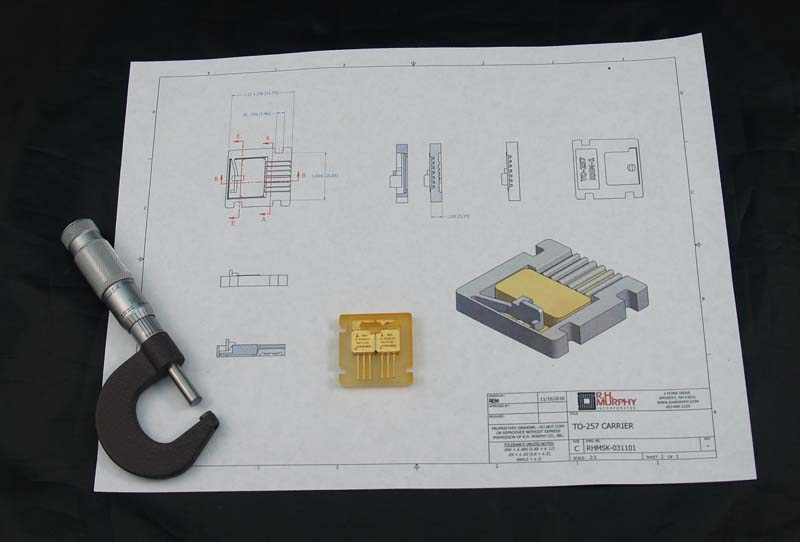Custom Fits Increase Performance and Save Money – A Case Against Standards

A Case Against Standards: Interface components need real specifications
JEDEC, the Joint Electron Design Engineering Council, originally started in 1958 as a division of the Electronic Industries Association and became an independent association, JEDEC Solid State Technology Association, in 1999.
Since many of the standards developed by JEDEC cover devices from many manufacturers, the “standard” dimensions are too general to be used as specifications.In most instances, the JEDEC standards have been developed to create interchangeability among multiple sources of the same component type. This has worked pretty well for PCB manufacturing because variation of the mounting footprints have been kept to a minimum.
But before the assembly to the PCB takes place, most processing is done with the goal of not contacting the terminals/leads. This goal makes it necessary to support the component by its body and here’s where it gets problematic. There are many variations in material, assembly technology, and tooling for the body. Rather than exclude any designs, the standards typically use reference dimensions or large tolerances for body dimensions.
When trying to build “standard” interface components and tooling for a standardized component, building to accept the full range of the standard specification will not work. Build for the biggest parts and the small ones will be too loose. Build for the smallest and the big ones get crunched.
In the following example from JEDEC Registration MO-082 for .025”pitch ceramic quad flat packs (CQFP), the body dimensions are allowed to vary by 1mm while the formed leads may start to bend at 0.64mm. Features accepting the largest body size will make contact with the leads of devices whose body dimensions are in the middle or lower range of the specification.



The good news is that most components produced by a specific set of tooling have much less size variation than allowed by the specification. That means that manufacturers can usually provide component specifications that are precise enough for safe handling without damage. When good dimensions are not available, measuring a sample is a good alternative.
The moral of the story is that it’s best to get manufacturers’ specifications for components rather than working with standards. Be wary of handling material that claims to be for “standard” packages, particularly when working with delicate SMT devices like QFPs, BGAs, and CGAs.